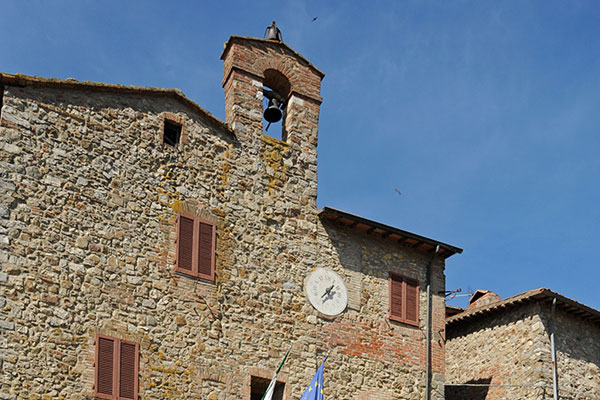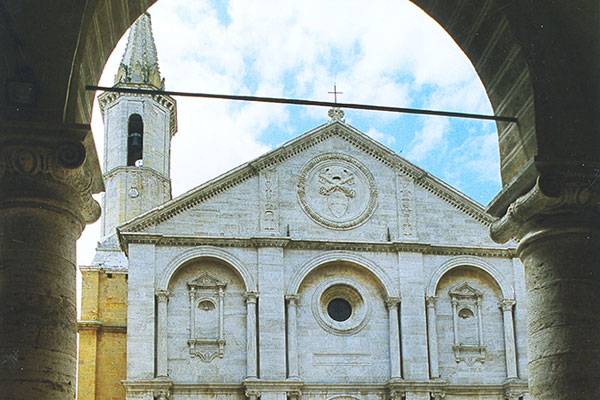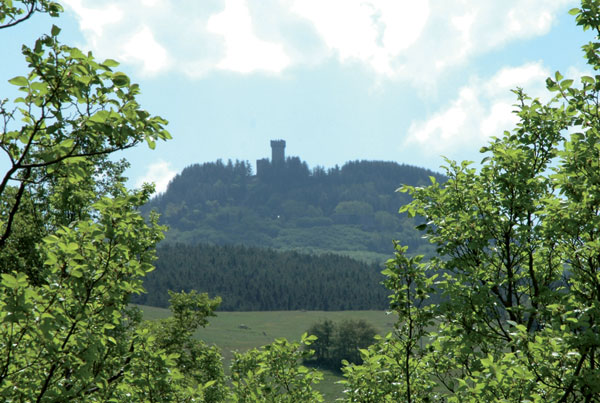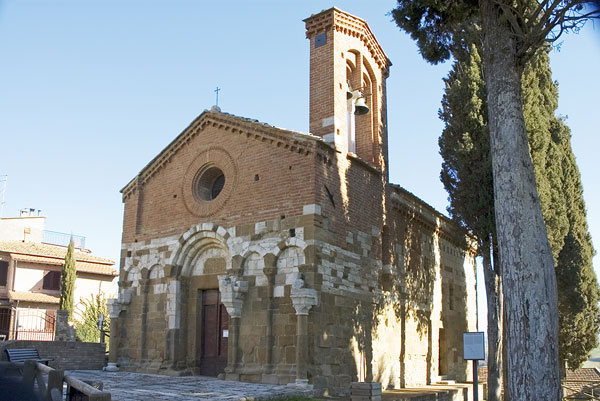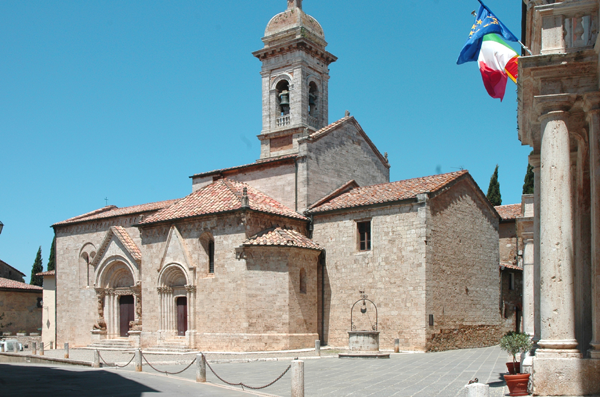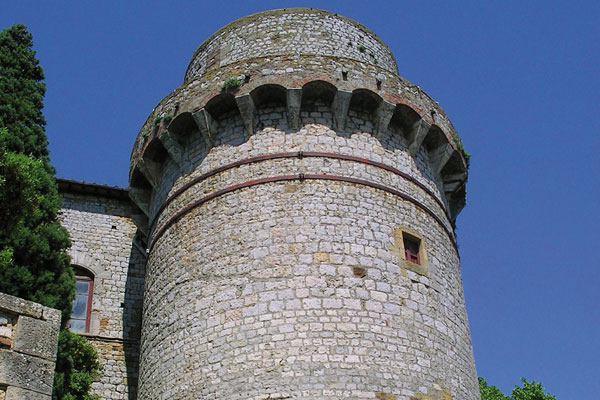Via Francigena in Tuscany and the artistic center: all the things you need to know
The cities of art and the Via Francigena Route
It was the Archbishop Sigerico who wrote the first travel diary in 990, going through this land on his way to Rome to visit the Pope. Over time, this route became the historic Via Francigena, playing an important role in the commercial and cultural exchanges between pilgrims and the communities of the valley.
Sigeric’s diary is one of the most significant medieval documents about the movement of people and the exchange of products and culture in medieval Europe. The network of roads he describes would later be part of a greater guide, “The Cultural Routes of the Council of Europe ” like the Camino de Santiago de Compostela.
Great wines, excellent traditional food, stunning scenery are all part of the Via Francigena. The Orcia wine territory has enormous cultural wealth, indeed, you can find some of the world’s most famous art towns.


